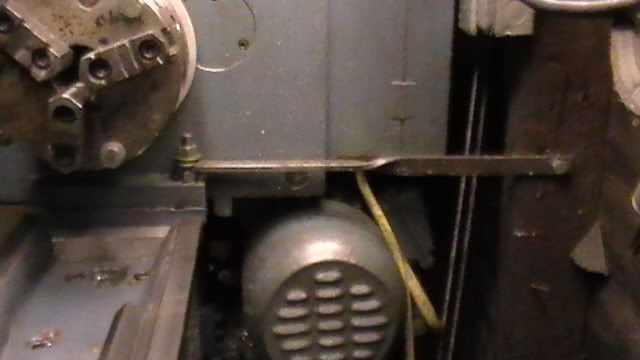Ian, I bought a heavy (just over 2000lbs) Jet GH-13x40W in 2005 and had issues similar to yours. I got the single-phase model, which uses a chicom 3hp motor. There were multiple problems with this machine, but when the 'local' (180+ miles away) JET dealer brought a mechanic out to deal with vibration, one of the first things he checked were the OEM 3 & 4-jaw chucks. Neither chuck seated correctly on the D1-4 spindle nose, and his comment was "These chucks aren't worth the powder it'd take to blow them up!" They took both chucks with them when they left, and UPS left two new BTC chucks at the back door two days later.
That helped, but less than a year after I'd purchased the lathe, the single phase motor crapped out. Jet didn't have a replacement motor in stock here in the states, so they credited me $300 towards the purchase of a motor of my choice. I decided to switch to a 3-phase, and use a VFD to run it. It took some changes to the machine's wiring, but I've never regretted that decision. Also installed new U.S.-made drive belts at this time.
The last thing (should've been the first thing) I changed was moving the lathe about a foot to the right - I'd set it up in my attached 3-car garage, which had the floor poured in three slabs. I'd had the headstock set up half on one slab, and half on the next. The mechanic had pointed this out to me a couple of years before I was forced to deal with the issue (bought a Haas TM-1 and had to move both lathes & knee mill to make room for it), but I was too stubborn/lazy to move it until then.
It runs pretty smooth now, and I can do decent work with it. But everytime I visit someone else's shop and find a fine old American lathe, I can't help feeling a good deal of envy....


